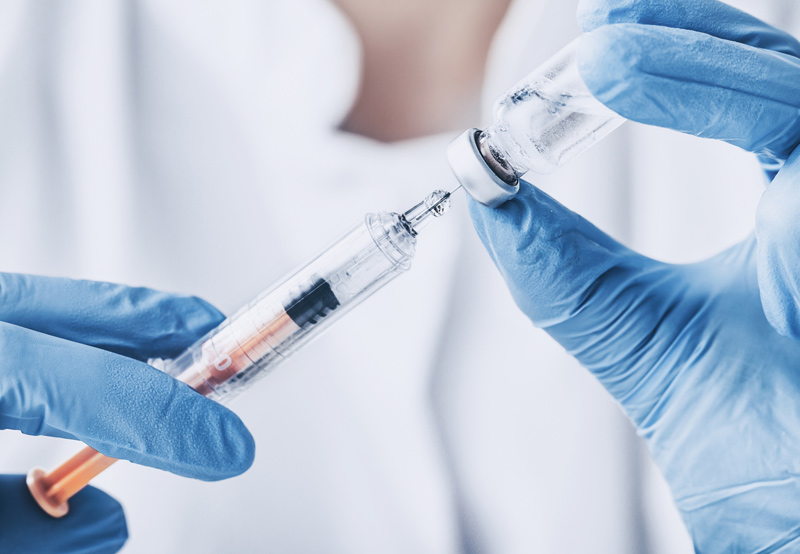

Botox injections may be done to improve bladder control and to treat urgency urinary incontinence (UUI).
What is Botox?
Botox is an injectable toxin made from a bacteria called botulinum toxin. It is used to treat certain muscular conditions and make cosmetic improvements in the face.
For patients with bladder conditions, Botox may be used to relax the bladder muscle so that the bladder can hold more urine and to reduce the risk of urinary incontinence. Involuntary contraction of the detrusor muscle can cause symptoms such as urinary frequency, urgency, and incontinence.
Patients with UUI and overactive bladder may benefit from Botox if they haven’t seen improvement from conservative treatments such as physical therapy and medication.

Potential Risks of Bladder Botox
After treatment, patients may temporarily have blood in the urine, develop a urinary tract infection (in fewer than 15% of cases), have difficulty emptying the bladder and need to catheterize themselves (in 10% of cases), and experience an allergic reaction to Botox, such as vision problems, generalized weakness, and difficulty breathing.
What to Expect During the Procedure
The injections are performed in a doctor’s office and the patient will not be placed under general anesthesia. Patients don’t face any food or drink restrictions prior to the procedure.
Once the patient arrives at the doctor’s office, they will need to submit a urine sample, which will be tested for a urinary tract infection. If the patient has a UTI, the procedure will be rescheduled.
After preparing for the surgery, the physician will use a cystoscope, or a lighted camera, to look inside the bladder and make the injections using a thin needle. The bladder muscle will be injected with Botox at 10 to 30 sites. The procedure is not painful and will last about 20 minutes.
Before going home, the patient will be asked to urinate to ensure the injections don’t cause difficulty emptying the bladder. If patients struggle to empty the bladder, they will need to use a catheter.
The Recovery Process
Women are typically free to resume normal activities immediately after the procedure. They are able to drive themself home or go to work. Patients should ask their doctor if they can continue taking bladder medication.
Patients won’t see results immediately after the procedure. It may take several days to two weeks before women can experience relief and reduced episodes of UUI. Some patients may feel a stinging or burning sensation when urinating and have blood in their urine. In these cases, patients may obtain a prescription or OTC medicine to relieve the burning. Taking a warm bath or placing a warm or cool compress over the genital area may ease the discomfort.

